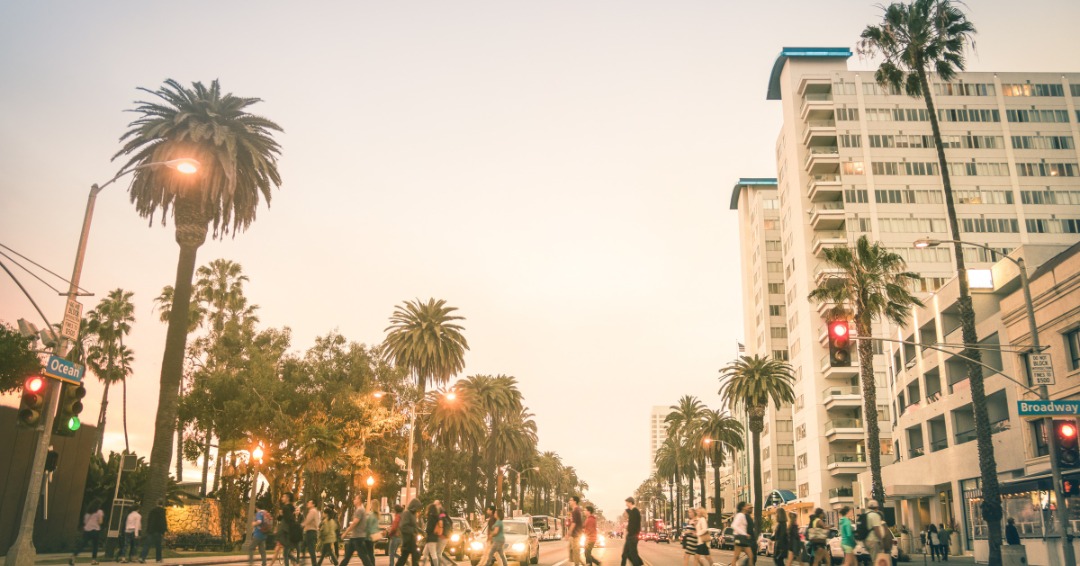
Improving Santa Monica’s Future: A Resident-Oriented Master Plan
Santa Monica, like many cities, requires a well-defined master plan to guide its future development and growth. A master plan is a comprehensive long-term strategy that outlines the city’s goals and objectives for various aspects of urban life, including land use, transportation, housing, infrastructure, and environmental protection. However, the extent to which such a plan has been implemented in Santa Monica remains a question worth exploring.
Why Santa Monica Needs a Resident-Oriented Master Plan
To make the case for a resident-oriented master plan in Santa Monica, let’s break down the specific reasons and raise important questions:
1. Managing Growth
Significant development growth in recent years has strained Santa Monica’s infrastructure and services. A master plan can effectively manage growth by ensuring that new developments align with the city’s vision for the future. How much progress has been made in this regard? Is there a plan in place to accommodate growth while preserving existing resources and infrastructure?
2. Creating a Vision
A master plan provides a comprehensive vision for Santa Monica’s future. It identifies the city’s strengths and weaknesses and establishes goals and objectives for long-term achievement. This vision should address crucial priorities such as affordable housing, environmental sustainability, and economic development. Can residents clearly articulate the city’s vision, and is there a plan to realize it?
3. Community Engagement
Developing a master plan involves active community engagement, enabling residents and stakeholders to provide valuable input and feedback on the city’s future. This ensures that the plan reflects the needs and priorities of the community. In the absence of a master plan, has the city effectively incorporated the community’s needs into its decision-making processes?
4. Coordinating Efforts
A master plan fosters coordination among various city departments, agencies, private developers, and other stakeholders. It aligns everyone’s efforts toward a shared vision for Santa Monica’s future. Has recent development in the city demonstrated effective coordination among these different entities?
5. Environmental Sustainability
A master plan plays a critical role in ensuring Santa Monica’s growth is sustainable and environmentally responsible. It sets practical goals for reducing greenhouse gas emissions, promoting renewable energy, and protecting natural resources. Has the city demonstrated a commitment to these goals by discussing and implementing initiatives that benefit all residents?
Understanding the Land Use Element and Circulation Elements (LUCE)
While Santa Monica’s Land Use and Circulation Element (LUCE) provides suggestions for land uses, transportation strategies, and housing goals, it falls short of being a comprehensive master plan. It’s important to distinguish between these planning tools:
1. Master Plan: A comprehensive, long-term plan that outlines goals and objectives for land use, transportation, housing, infrastructure, and other urban life aspects. It involves community engagement and covers a wide range of topics that affect the entire city, the residents and other directly-interested parties.
2. Land Use Element: A specific component of a master plan focusing on land use planning. LUCE also encompasses transportation planning. It establishes policies and objectives for land use and development within the city’s boundaries, including zoning, building codes, and environmental regulations.
While a land use element is significant, a master plan provides a more comprehensive framework, incorporating a broader range of topics and implementation mechanisms such as funding strategies, partnerships, and performance measures. Santa Monica has made progress with the former, but what about the latter?
Creating a master plan for Santa Monica requires a genuine and inclusive collaboration among city staff, residents, and other interested parties. The plan should guide the city’s growth and development in line with the needs and aspirations of its residents. Santa Monica can pave the way for a sustainable and prosperous future by following a systematic, transparent process and actively engaging the community. Consider the costs of not having a master plan, and its benefits become immediately obvious.
Just one more thing. It’s common knowledge that a well-thought-out master plan takes into account the specific factors, concerns, and problems of a local area, aiming to solve them in a structured and planned way. Unfortunately, in recent years, local communities have been facing challenges because the State has started imposing requirements that limit their ability to create plans tailored to their own unique conditions. And now, there’s talk in Sacramento about new legislation that could make things even more difficult and restrict communities from engaging in effective planning. It’s disheartening to see that at a certain point, all the efforts put into local planning, which directly impact the daily lives of thousands of residents, become irrelevant when the State controls even the smallest local decisions. It’s important to have thoughtful and detailed input, as outlined earlier, to ensure that communities have a say in shaping their own futures.
By Daniel Jansenson for SMa.r.t. (Santa Monica Architects for a Responsible Tomorrow)
Mario Fonda-Bonardi AIA, Planning Commissioner; Daniel Jansenson, Architect, Building & Fire-Life Safety Commissioner; Michael Jolly, AIRCRE; Thane Roberts, Architect; Robert H. Taylor, Architect AIA: Sam Tolkin, Architect













